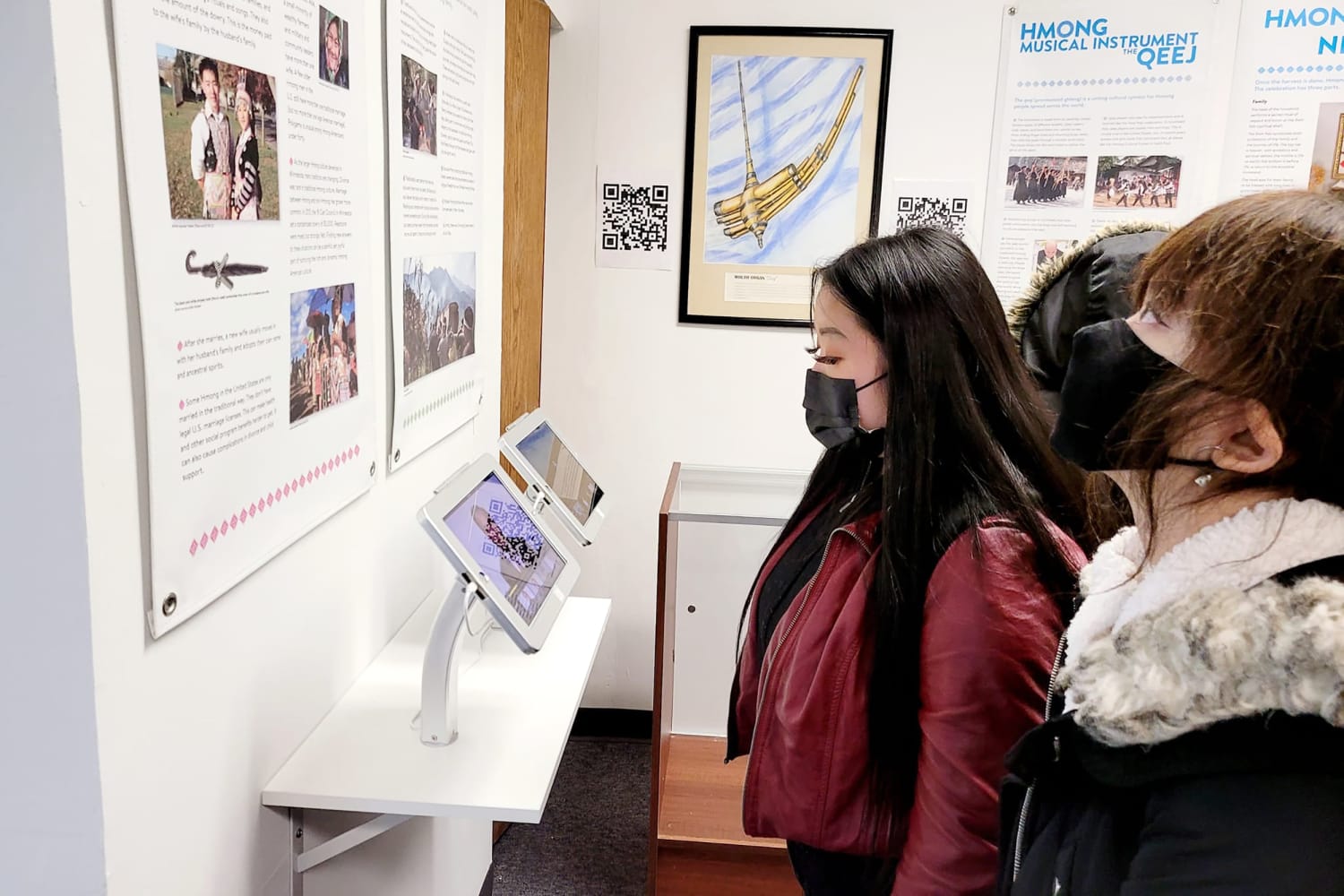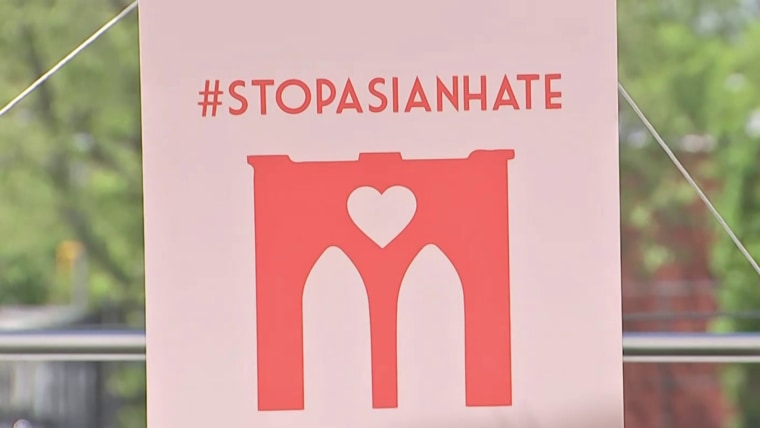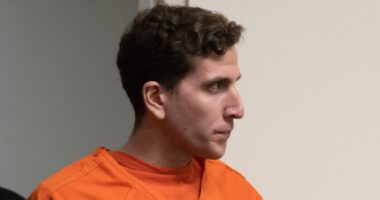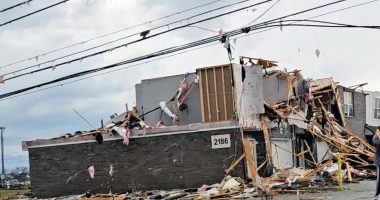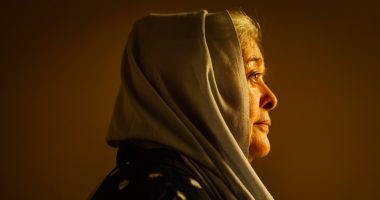A recently expanded museum in St. Paul, Minnesota, celebrates Hmong American culture and history. But rather than presenting rare artifacts from bygone eras, the collections focus on educating the public about the group: where they came from, what they look like and how they ended up in the U.S.
“We’re not trying to be the next ‘Hmong Smithsonian,’” said Mark Pfeifer, the director of programs at the Hmong Cultural Center, which hosts the museum. “Our content is based on what we think people should know about the Hmong.”
The expansion is supported by $150,000 in grant money — one-third of which came from Google — that the center received in response to a rise in anti-Asian hate incidents in May. The funds helped the institution take a five-year lease on the storefront.
But the museum faced a racist incident of its own that delayed the opening by three weeks.
In September, three people vandalized the storefront, spray painting over the museum sign and a large Black Lives Matter mural and stenciling on a window the words “Life, Liberty, Victory,” a slogan affiliated with the fascist white supremacist group Patriot Front. The costs of repairs and security upgrades exceeded $30,000, most of which Pfeifer said were eventually covered by donations from corporations and community members.
Since the new exhibits opened in December, Pfeifer said, there’s been strong interest from the community, both from individuals and school and church groups. But due to Covid-19 restrictions, capacity is capped at 15 people.
In a 1,200-square-foot space on West University Avenue, the museum presents 21 display panels on Hmong religion, food, achievements in sports and literature and traditional New Year’s celebrations, as well as various historical documentaries on the Laotian Civil War and the Secret War, during which more than 30,000 Hmong soldiers died fighting Lao Communists in a covert CIA operation. The culture section also includes an embroidery room and an interactive Hmong folk arts exhibit focusing on traditional funeral songs and cherished instruments, such as a two-stringed violin, the ncas (a mouth harp) and the qeej, (a six-pipe mouth organ).
Txongpao Lee, the center’s executive director, said the museum was founded to raise public awareness about the Hmong.
“The State Department knows who the Hmong are,” he said, “but many people mistake us for being Chinese or Japanese.”
Gymnast Suni Lee, who was born in St. Paul, brought an unprecedented wave of media attention to the Hmong following her Olympic win in the summer. But Americans’ understanding about the group, Lee said, is still limited compared to their awareness of higher-income East Asian groups.
Many Hmong refugees fled to the U.S. in the 1970s and 1980s, following the destruction of their homelands in Laos during the Vietnam War. The largest concentrations of refugees resettled in Minnesota and Wisconsin, with more than 80,000 Hmong living in the former.
A key exhibit delves into Hmong Minnesotan history, covering local Hmong-led social justice movements (including a 1998 protest against a radio DJ who made racist comments), notable businesses and the formation of the diaspora in the Twin Cities, which boasts the largest Hmong population in a U.S. metropolitan area.
Many community leaders see the Hmong Cultural Center, located just blocks from the first Hmong refugee settlement in 1975, as a symbol of rebirth and resilience in the heart of the diaspora.
Sieng Lee, a Hmong artist who consulted on the design of the exhibits, said the museum serves as a cultural linchpin that anchors the diaspora to their adoptive home.
“For a refugee community or any community that’s marginalized,” he said, “it’s important to have a place where we can point to and say it belongs to us, where we feel welcome. It allows us to take ownership of something.”
Founded in 1992, the Hmong Cultural Center provides critical services, including citizenship and English classes, to the Hmong community in the Twin Cities. It has also taught more than 1,000 children to play the qeej in funeral ceremonies.
In addition to the museum, which opened in 2014, the center hosts a library with a comprehensive collection of Hmong scholarly literature, from dissertations on intergenerational trauma to newspaper articles on human rights abuses against the Hmong.
Over the past year, as a growing number of states introduced legislation to integrate Asian American studies into public school education, the center has developed four K-12 curriculums on Hmong culture and history. The focus is on the Secret War in Laos, Hmong contributions to Minnesota, embroidery and musical instruments.
Lee, the executive director, said an indispensable part of the museum’s mission is to educate second- and third-generation Hmong Americans about their heritage.
“Many younger Hmongs are losing their cultural identity,” he said, noting the declining number of youth who spoke Hmong and have a basic knowledge of Hmong history. “Unlike other Asian communities, we don’t have a country where we can go back to and learn our culture.”
Source: | This article originally belongs to Nbcnews.com


